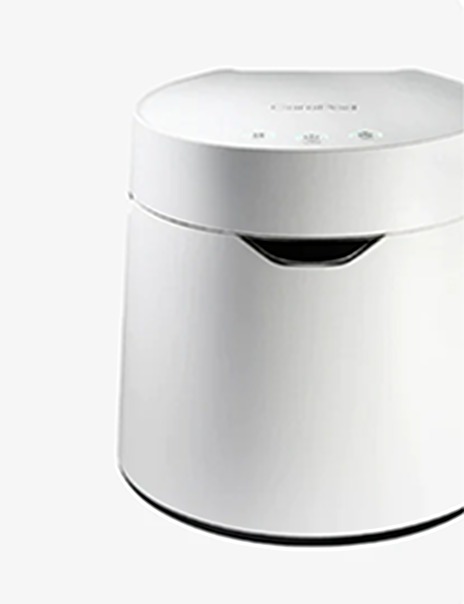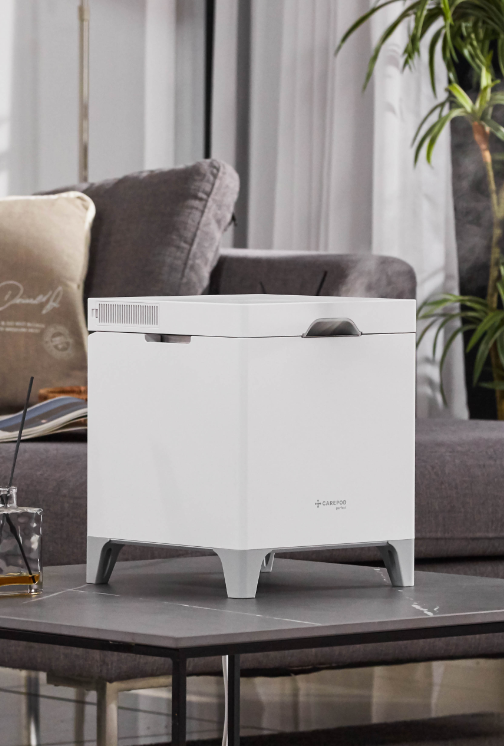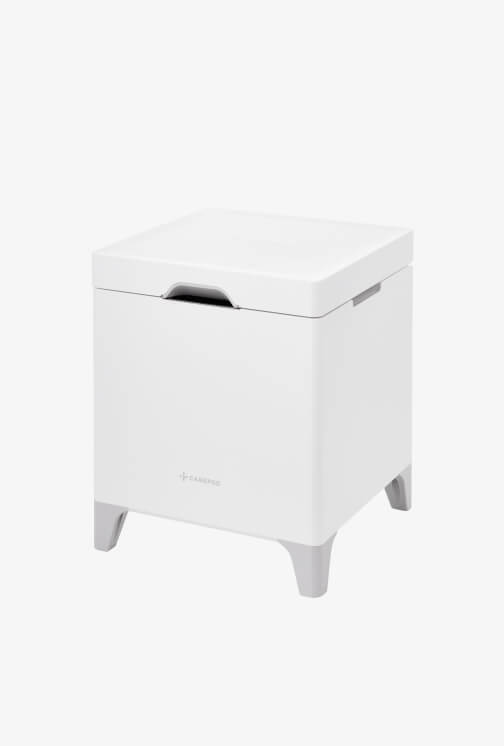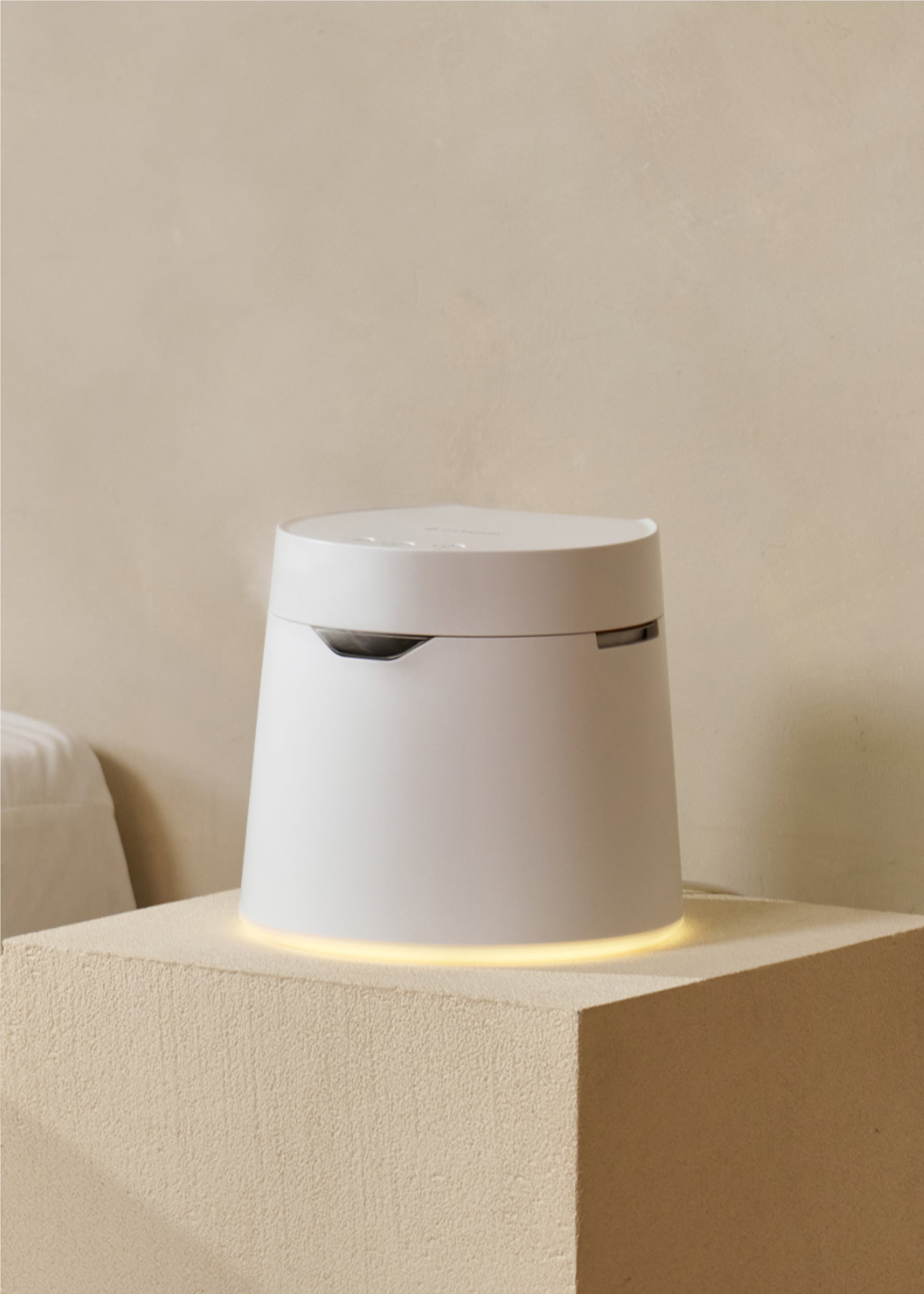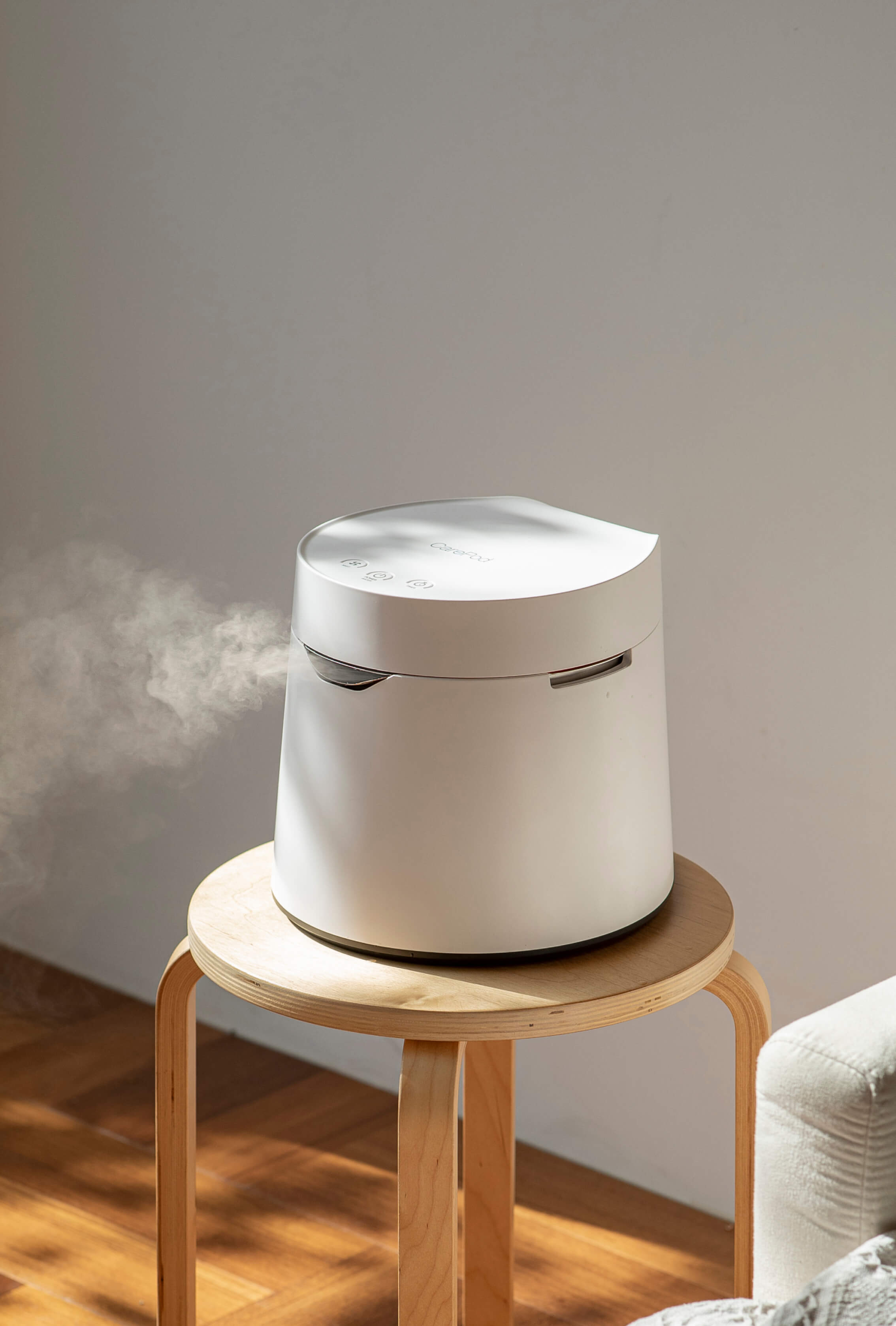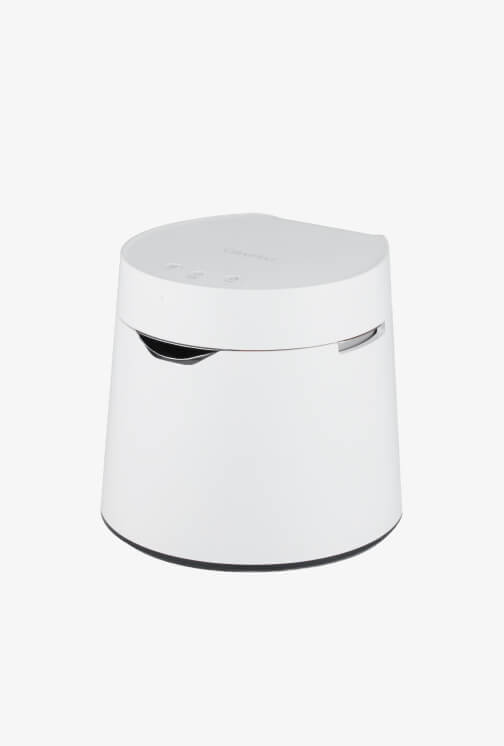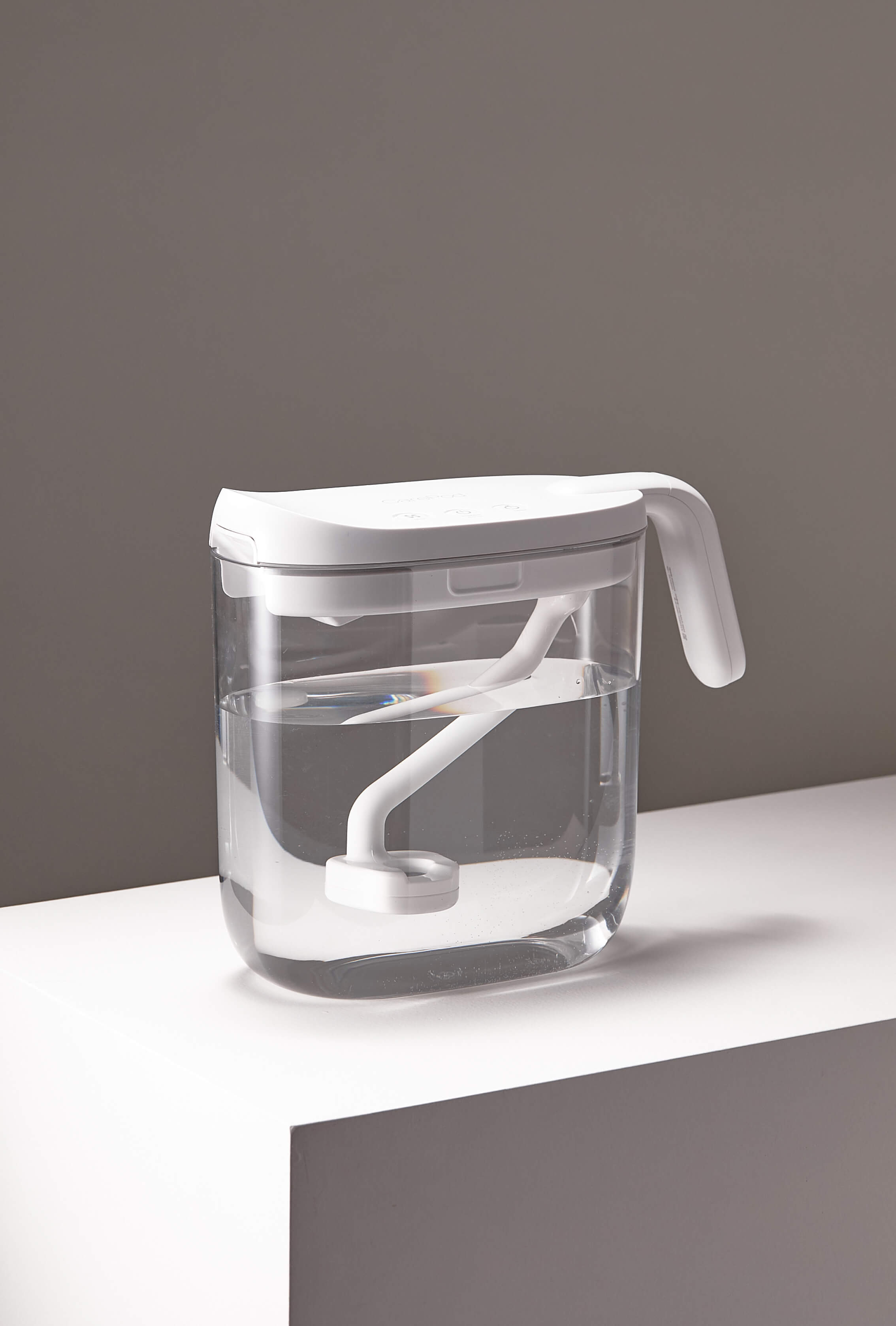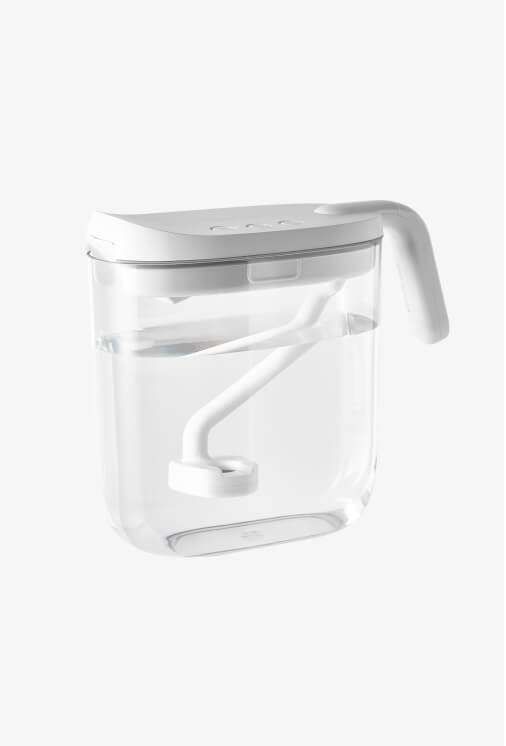6 Ways to Remove Allergens from Your Child’s Room This Spring

Spring brings longer days, fresh air, and the return of outdoor playtime. But for many children, it also marks the start of itchy eyes, runny noses, and nonstop sneezing triggered by seasonal allergies.
It’s no secret that kids are especially sensitive to allergens like pollen, dust mites, and mold, so making a few simple changes to their room can make a big difference.
To help you get started, here are 6 practical tips for transforming your child’s room into a safe, healthy space this spring.
1. Wash Soft Toys and Bedding Weekly
Children’s rooms are often filled with cozy textiles that double as allergy traps.
Studies published in the Journal of Asthma found that soft toys contained nearly three times more dust mite allergens than mattresses when analyzing dust from children's toys and bedding.
Washing these items regularly in hot water (at least 130°F) has been proven to kill over 99% of dust mites and significantly reduce allergens. Prioritize pillowcases, sheets, and washable stuffed animals.
For non-washable plush toys, place them in a sealed plastic bag in the freezer for 24 hours to neutralize mites.
Don’t forget to dry items thoroughly to prevent mold growth.

2. Vacuum in Overlooked Areas
During spring, vacuuming just the floor isn’t enough. Dust mites, pollen, and pet dander settle in hidden spaces like behind headboards, under dressers, and even on mattress surfaces.
Try vacuuming your child’s mattress weekly and lifting large furniture to clean underneath.
If your child has allergies to pollen or pet dander, try vacuuming after peak pollen hours (usually late morning) to reduce reintroduction into the room.
Bonus tip: Finish with a damp microfiber cloth to catch what the vacuum may miss.
3. Control Indoor Humidity with a Humidifier
Maintaining indoor humidity between 30% and 50% using a humidifier can make a big difference in reducing triggers in your child’s room.
Allergens tend to thrive when moisture levels are too high or too low. By keeping the humidity balanced, you create an environment that's less inviting for them.
Humidifiers also help improve overall indoor air quality by reducing the circulation of airborne irritants like dust and pet dander, making them easier to trap through regular cleaning and filtration.
This creates a healthier, more breathable space for children with sensitivities during allergy season.

4. Add Air-Purifying Plants
Some houseplants can actually help filter out allergens and improve indoor air quality—without triggering new symptoms.
The NASA Clean Air Study identified spider plants, peace lilies, and areca palms as particularly effective at reducing pollutants like formaldehyde and benzene.
For children’s rooms, opt for non-toxic varieties such as the spider plant, which removes carbon monoxide and allergens. Place plants away from air vents to avoid mold growth in the soil and use activated charcoal in the potting mix to absorb extra moisture and odors.
While plants shouldn’t replace a HEPA purifier or humidifier, they’re a beautiful, natural addition to your allergy-prevention toolkit.
5. Clean or Replace HVAC Filters + Consider an Air Purifier
Spring is prime time for airborne allergens to enter your home through open windows or HVAC systems.
If your filters are clogged or outdated, they can circulate irritants instead of trapping them. If you or a family member suffers from allergies, the Center for Allergy & Asthma of Georgia recommends replacing HVAC filters every 20-45 days during allergy season.
You might also consider adding a HEPA-certified air purifier to your child’s room. These devices are designed to capture microscopic particles like dust mites, pollen, and pet dander—making the air cleaner and easier to breathe.

6. Declutter and Choose Allergen-Friendly Materials
A simplified space is a healthier space.
Clutter can collect dust and make cleaning more difficult, especially in a child’s room full of books, toys, and soft décor. Streamlining their space not only helps reduce dust buildup but also makes weekly cleaning more manageable.
When possible, store toys in closed containers to protect from moisture and dust, choose hard-surface floors over wall-to-wall carpet, and use allergen-proof covers for pillows and mattresses.
Even just more frequently washing bedding materials and vacuuming can significantly cut down on exposure.

Breathe Easier This Spring
Allergies can be tough on kids, especially when their own room becomes a source of symptoms. But with a few mindful changes you can create a cleaner, more comfortable space that supports their health through the season.
These six tips don’t just reduce allergens—they help your child rest easier, play freely, and enjoy spring to the fullest.


